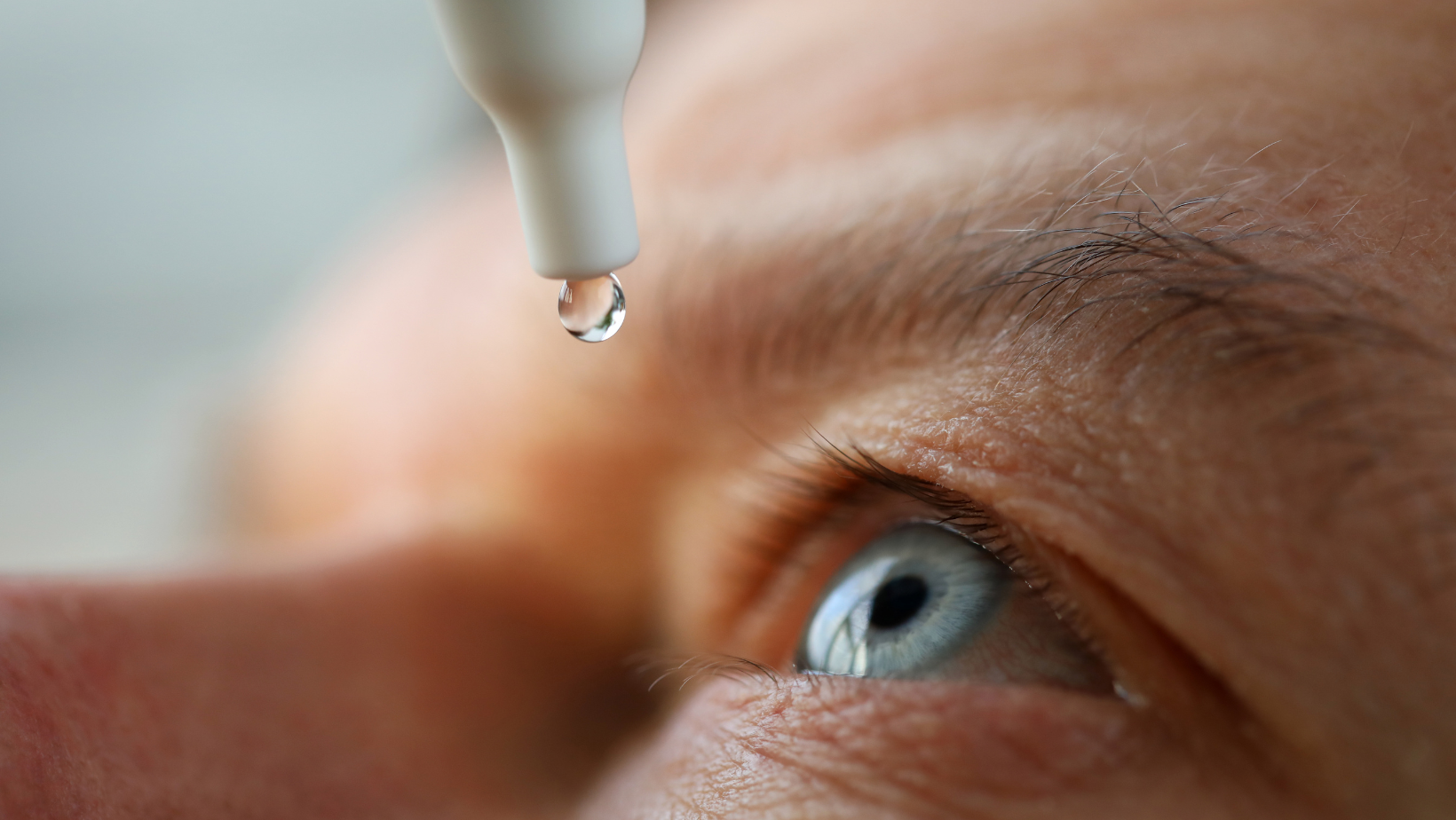Help for Severe Dry Eyes

Blog vol 4.10. Help for Severe Dry Eyes
There are dry eyes and DRY eyes.
We have several patients that have DRY eyes because their own body is attacking their own tissues, patients with conditions like Sjögren's syndrome, graft-versus-host disease, non- Sjögren's tear deficiency, rheumatoid arthritis, etc. What they all have in common is very reduced tear production and resulting damage to external ocular tissues (the surface of the eye:).
There are many ways to treat this form of DRY eye, but sometimes none of them work leaving a patient virtually visually impaired due to the severity of the eye dryness. An option that has been around for a while but with limited use is autologous serum eye drops. (Read more here). We recently had a patient who had given up hope of finding relief for their EXTREMELY DRY eyes benefit greatly from these drops which has brought them to our attention in a new way, in a maybe-the-benefits-can-seriously-outway-the-costs way, in a it-may-just-be-worth-a-try way.
The serum is obtained from the patient’s own plasma (hence “autologous”, same donor as recipient), making it very close to the patient’s own tears. To do this a small vial of blood is drawn, allowed to clot, then centrifuged to remove solids. The remaining solution is diluted with a balanced salt solution, preservative-free normal saline, and another sterile, preservative-free, eye-compatible solution. The drops have the patient’s own vitamin A, lysozyme, transforming growth factor‐β (TGF‐β), and fibronectin, a custom-made drop that reduces inflammation and promotes eye healing.
The drawbacks are the process and the price. The process is cumbersome. Being regularly poked with a needle to draw blood is not pleasant, with new batches made every 2-3 months. The procedure needs to be done by referral to an infusion clinic. The patient keeps extra bottles in the freezer, opened bottles in the refrigerator. The drops are used every 2 hours and can take 2-3 weeks to start showing benefits. It is a non-OHIP procedure and a lot of insurances do not cover it. Autologous serum drops can cost $200-300 for the 2-3 month supply.
The good news is that a procedure that was once out of the reach of most patients has become more readily available. More work needs to be done studying the long-term effects of the drops, standardizing the procedures, and making them even more accessible. In the meantime, autologous serum drops just may really help some people (like our patient!) who really need relief from severe dry eye, in which case we need to try it, if at all possible.
Hope for a very trying eye condition.
‘til next week,
the good doctor






